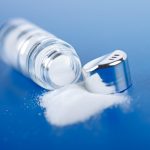Cleaning cutlery
Cutlery is used on a daily basis. And it's unpleasant when water stains form on them. To keep them in good condition, you need to follow the recommendations.

How to clean cutlery, what tools to use for this, and other useful tips later in the article.
How and how you can clean spoons and forks at home
Cutlery is most difficult to clean between the tines of the fork. And besides the stains left on the surface by water, plaque is terrible for cutlery.

Patterns aggravate the situation. Dirt builds up between them, causing the metal to darken. Let's take a look at a few basic folk methods for cleaning spoons and forks to achieve a shiny effect.
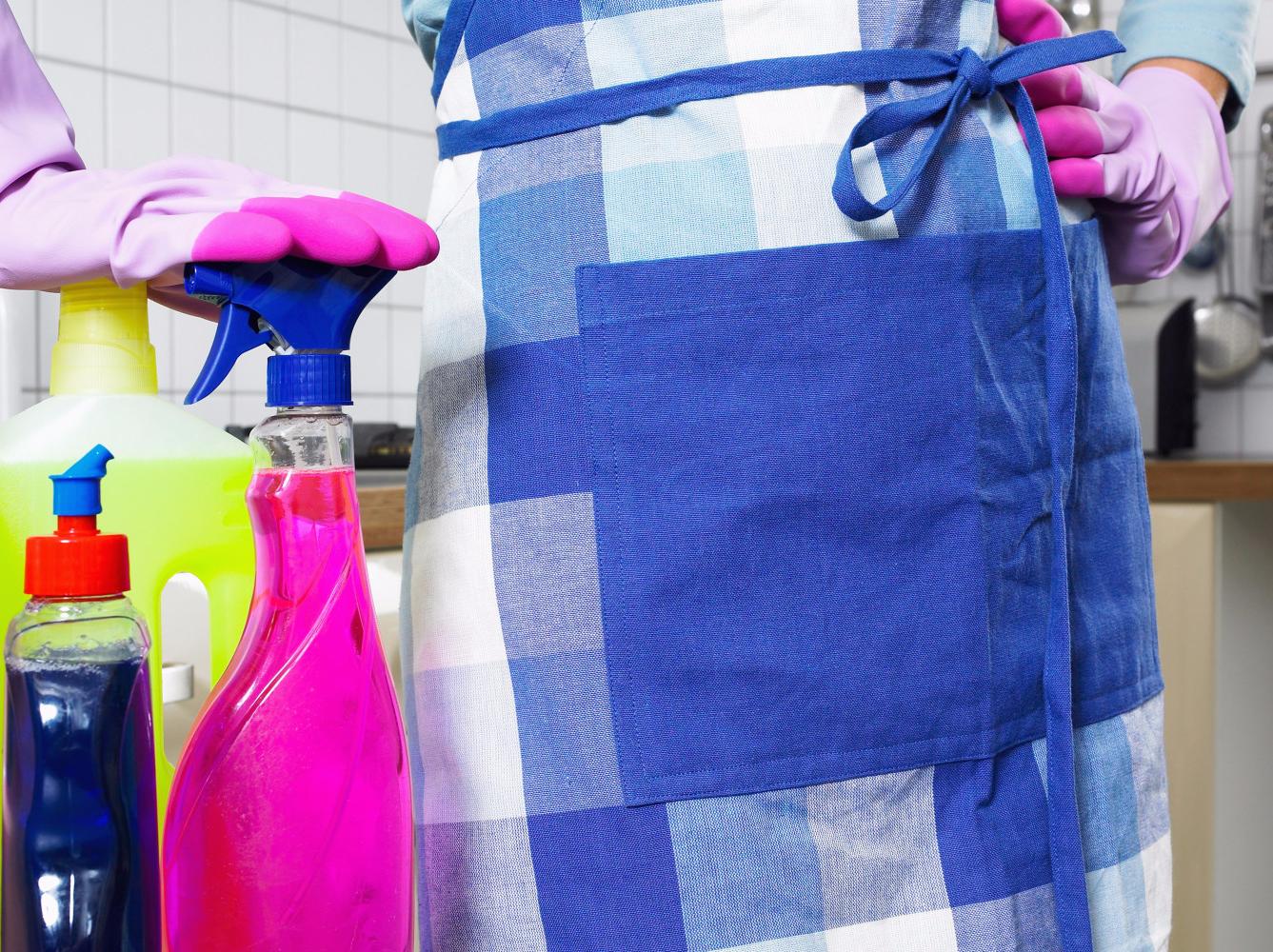
Foil, soda, salt, boiling water
A combination of foil, baking soda, salt and boiling water will clean your stainless cutlery. The recipe is quite simple and feasible.
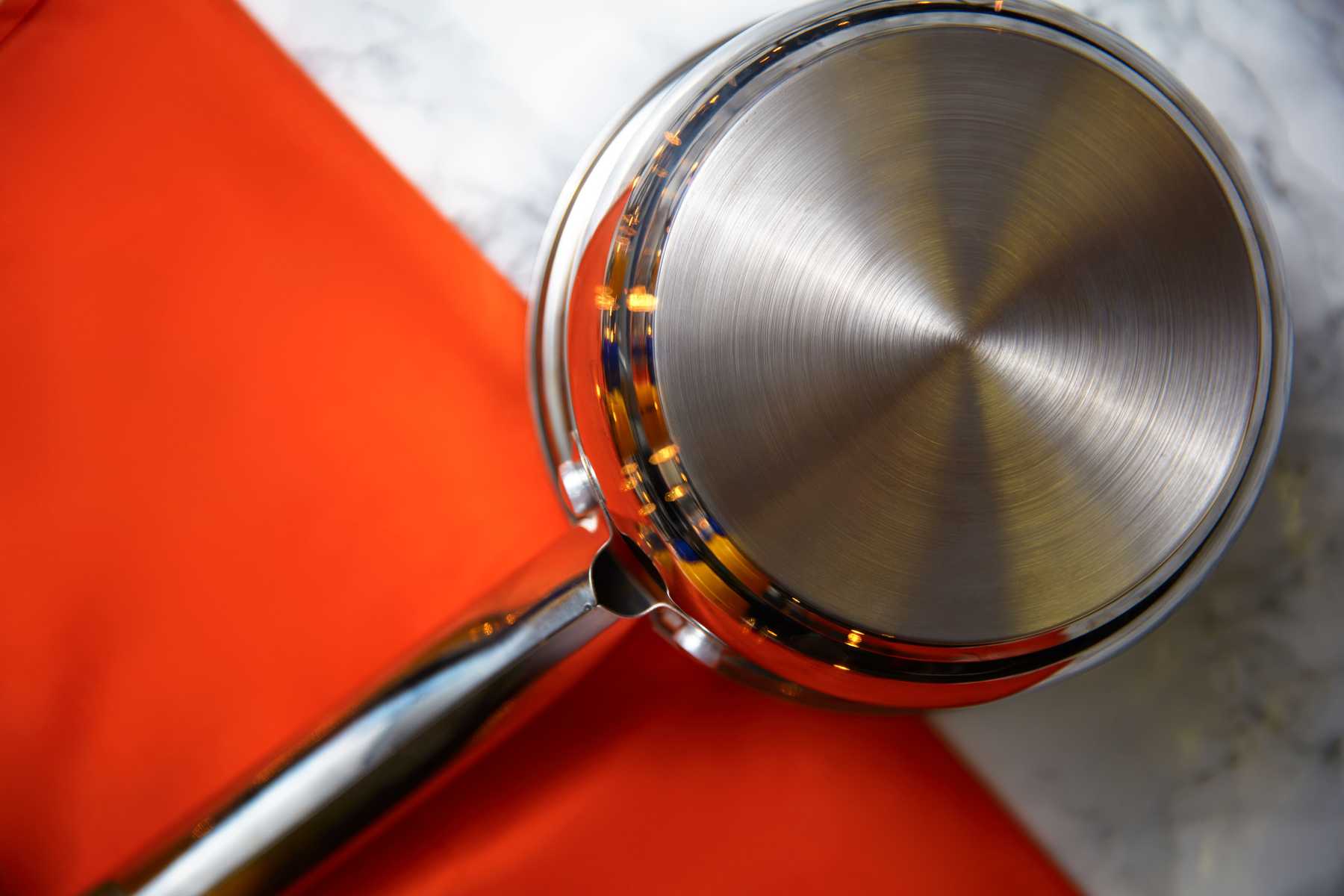
We carry out the following actions:
- A deep saucepan, on the bottom of which the foil is laid. The sheet should be face up (glossy).
- Soda with salt (1 tbsp. Spoon) must be diluted in 1 liter of water. To make the dissolution process more efficient and faster, it is best to warm up the water.
- We place the devices in a container with foil laid on the bottom.
- Fill them with a solution and boil for 15-20 minutes.
- Turn off the heat to cool completely.
After digestion, the cutlery must be rinsed under running water. To avoid streaks, wipe the spoons and forks dry. It is best to use a soft material for these purposes so that small scratches do not remain.

Mustard, soda
The method is used to remove blackening and plaque.

The recipe is quite simple, it looks like this:
- you need to collect 1 liter of water in the container (hot, but not boiling water);
- add 1 tbsp. tablespoons of soda and mustard, stir so that the substances dissolve;
- soak cutlery in the solution (for 25-30 minutes);
- use a soft-bristled brush to remove dirt.
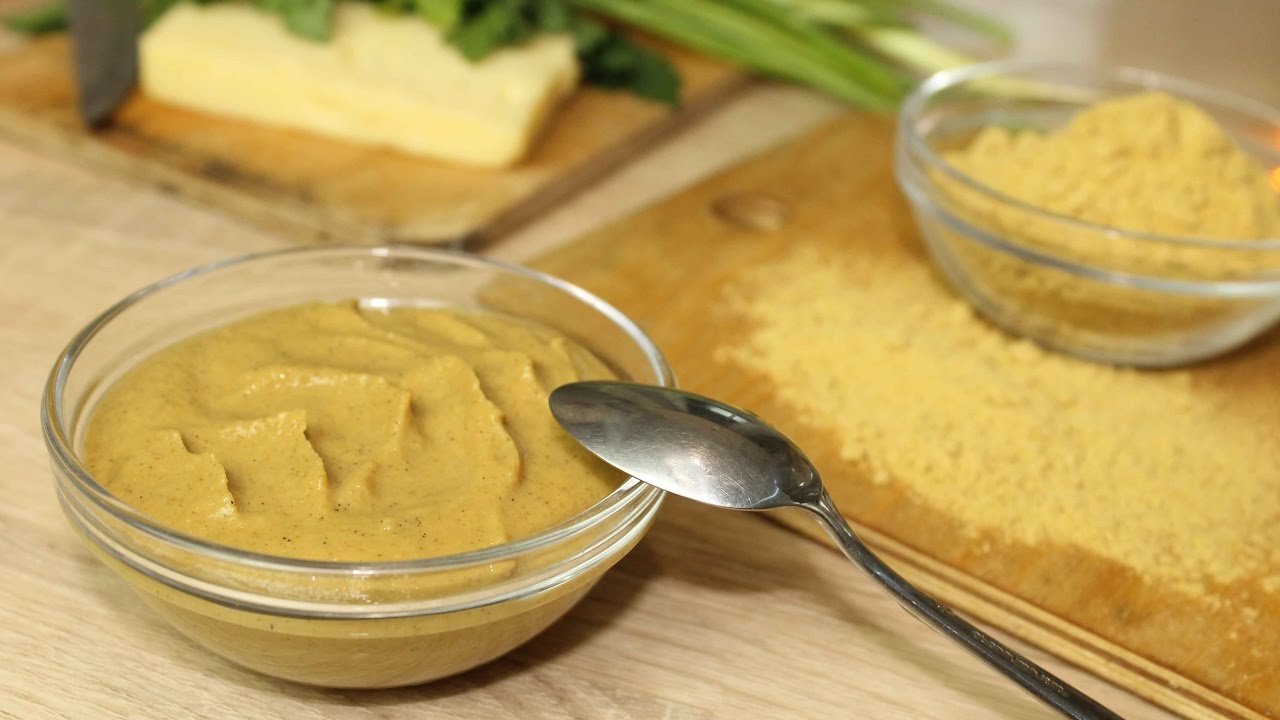
The action of the solution is aimed at softening contaminants, simplifying the process of getting rid of them.
Vinegar
It can be found in every kitchen. The method consists in soaking the dishes in vinegar. The acidity softens the layers of plaque and even rust.

To enhance the effect, you need to boil the vinegar along with the cutlery. The dirt is simply wiped off with a soft sponge.
Boiling
Temperature exposure is a fairly effective means of removing contaminants. After digestion for 25-40 minutes, using a detergent, the devices are washed, and the remaining water is removed from the surface.
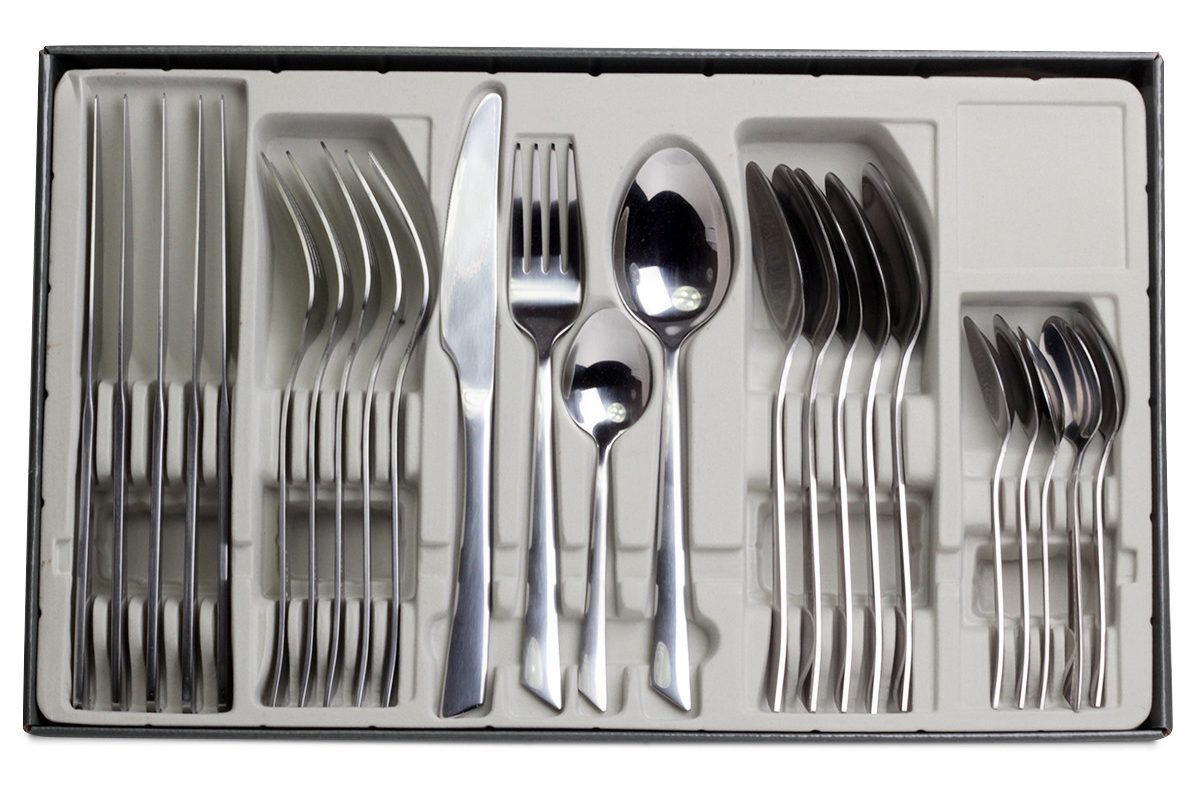
The better the absorbent properties of the wiper, the easier it is to get rid of the water.
Soda, citric acid
The acid and baking soda will help restore the natural shine of the cutlery.

The procedure looks like this:
- 2 tablespoons of baking soda dissolve in water;
- cutlery is poured with a solution in a metal pan;
- put on fire and bring to a boil;
- add 2 tbsp. l. citric acid;
- as the acid / soda interacts, foam will rise;
- boil, stirring for 10-15 minutes.

Even difficult dirt is eliminated. Note! The method is quite effective when applied to stainless steel cutlery.
Toothpaste, powder
Another, fairly common method of cleaning and returning shine to stainless steel appliances.

The recipe looks like this:
- products of interest are soaked to soften contamination;
- toothpaste or powder must be applied to the surface of the devices using a brush with soft fibers;
- rinse off the remains of the powder with running water.
As with all other cases, wiping after rinsing is recommended. This is necessary to prevent the appearance of divorces.
Ammonium or ethyl alcohol
Alcohol is used to combat various types of contaminants. It is applied to the surface, briefly left to turn off. Then wipe off the dirt and rinse with running water and wipe dry.
Chalk and ammonia
Cupronickel devices can be cleaned with chalk and ammonia.
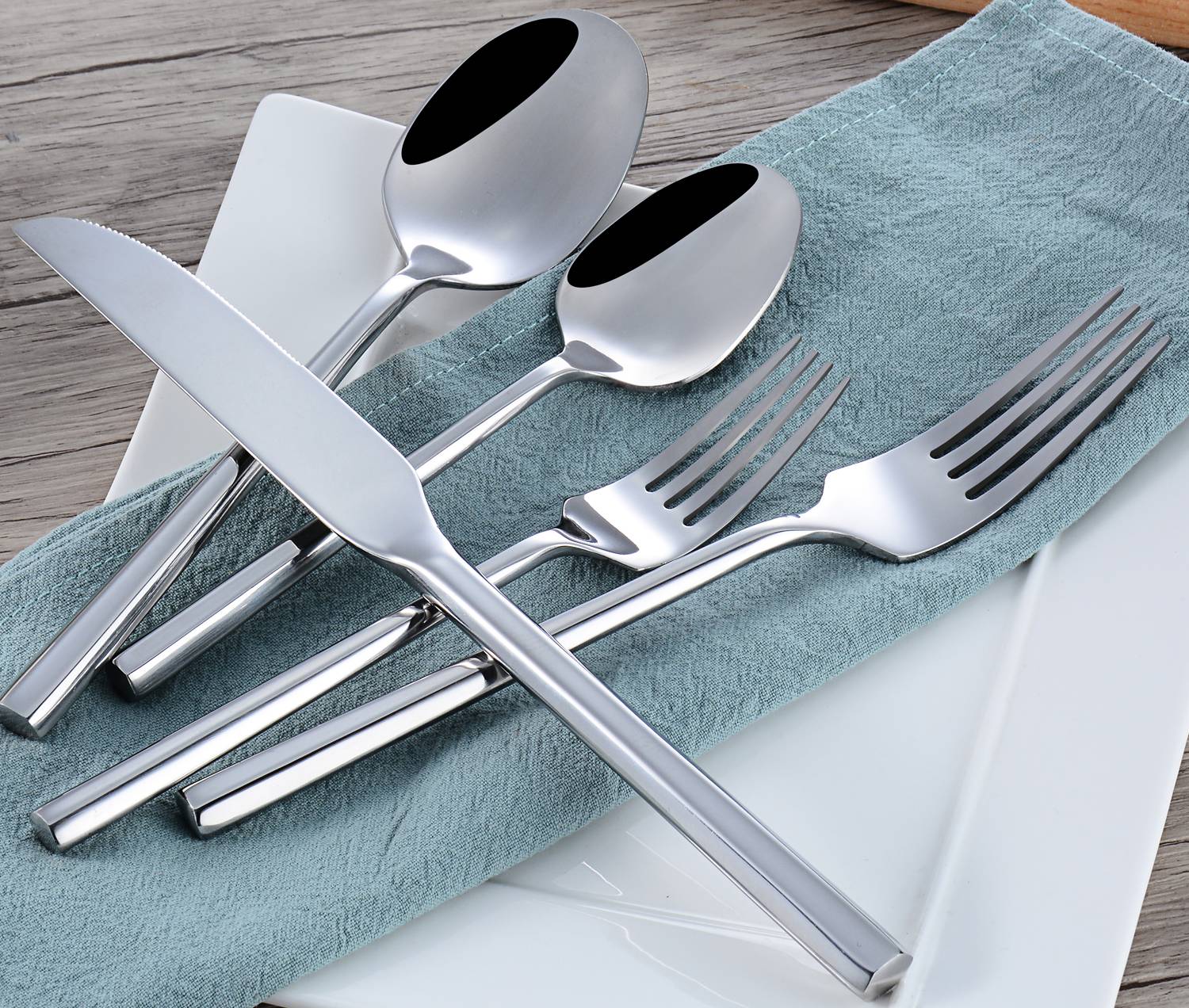
To do this, you need to perform the following actions:
- a small piece of chalk needs to be crushed to a powdery state;
- dilute the powder with alcohol to get a homogeneous mixture;
- with a cotton sponge or sponge, you need to apply the gruel to the surface of the devices;
- let the composition work for 5-15 minutes;
- wash off with running water.

The old shine will return with a little effort.
Lemon juice
It is more concentrated than vinegar. It is quite effective if you need to eliminate darkening, restore shine or get rid of plaque. You will need the juice of 1 lemon.
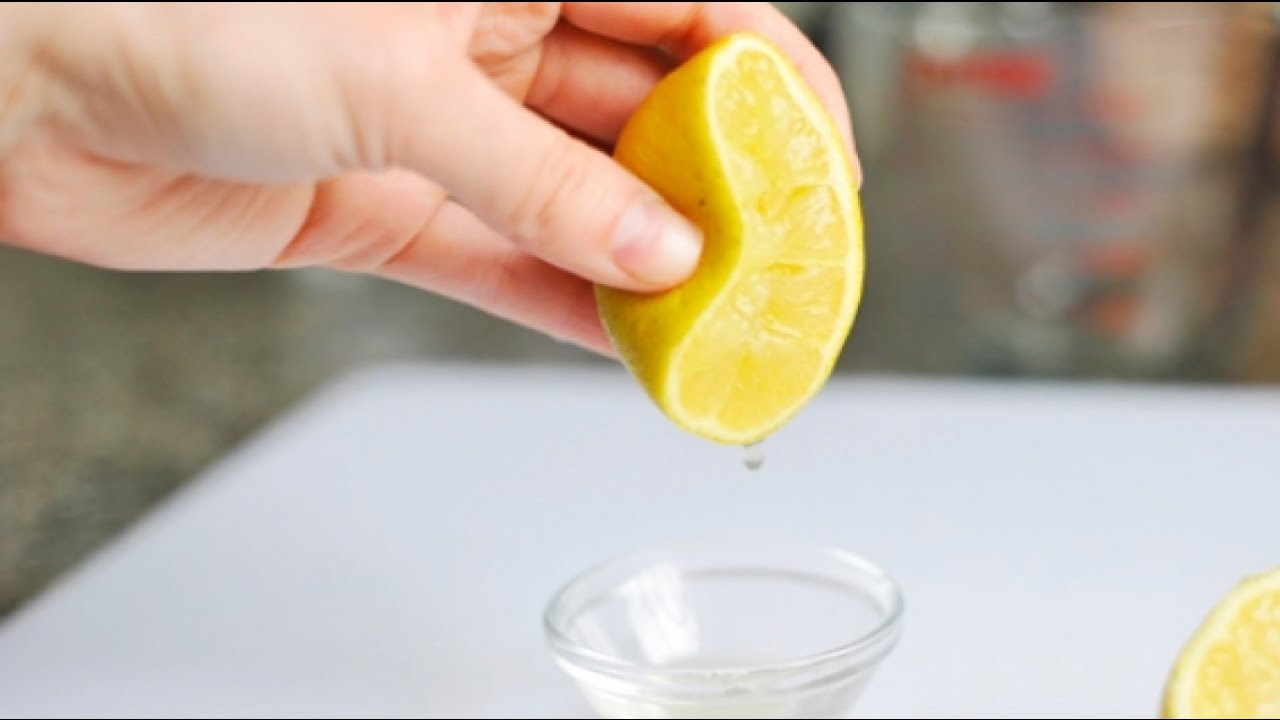
The method consists in performing the following actions:
- with a cloth, sponge or cotton sponge, apply lemon juice to the surface of the devices;
- let the substance act for 20-25 minutes;
- you can wipe the devices under running water.

Lemon juice, like a similar acid, is quite effective to use. In some ways it even surpasses citric acid. To make the devices shine, they need to be rubbed properly with a dry cloth.
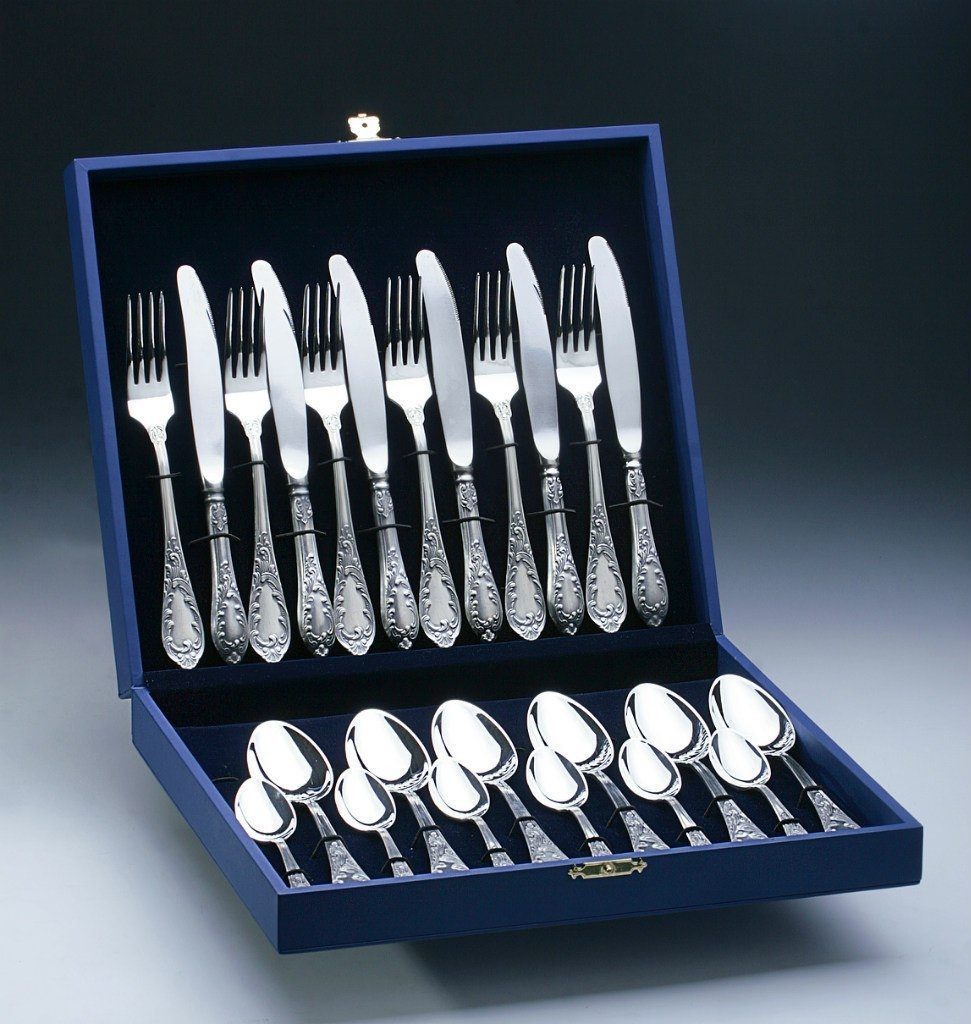
How to clean a burnt pot
Cutlery is not the only one subject to frequent contamination. Pots can be cleaned using the same methods, as carbon deposits often form at the bottom.

The main recommendations for its elimination are as follows:
- The pot must be dipped in a metal container so that the water completely covers it.
- Using folk remedies (soda and salt, vinegar, special detergents), add the desired cleaning agent to the water. Place the container on a gas / electric stove and bring to a boil.
- You need to boil it for 1.5-2 hours for the effect to be maximum.
- We wipe off the carbon deposits. It gets soaked during boiling and it becomes easier to remove it.
- We rub the pan until it shines.

It is not recommended to use hard brushes for mechanical cleaning of the pan from carbon deposits. The same applies to aggressive detergents, concentrated acids.After washing, wipe the pan dry. In this case, there will be no streaks.
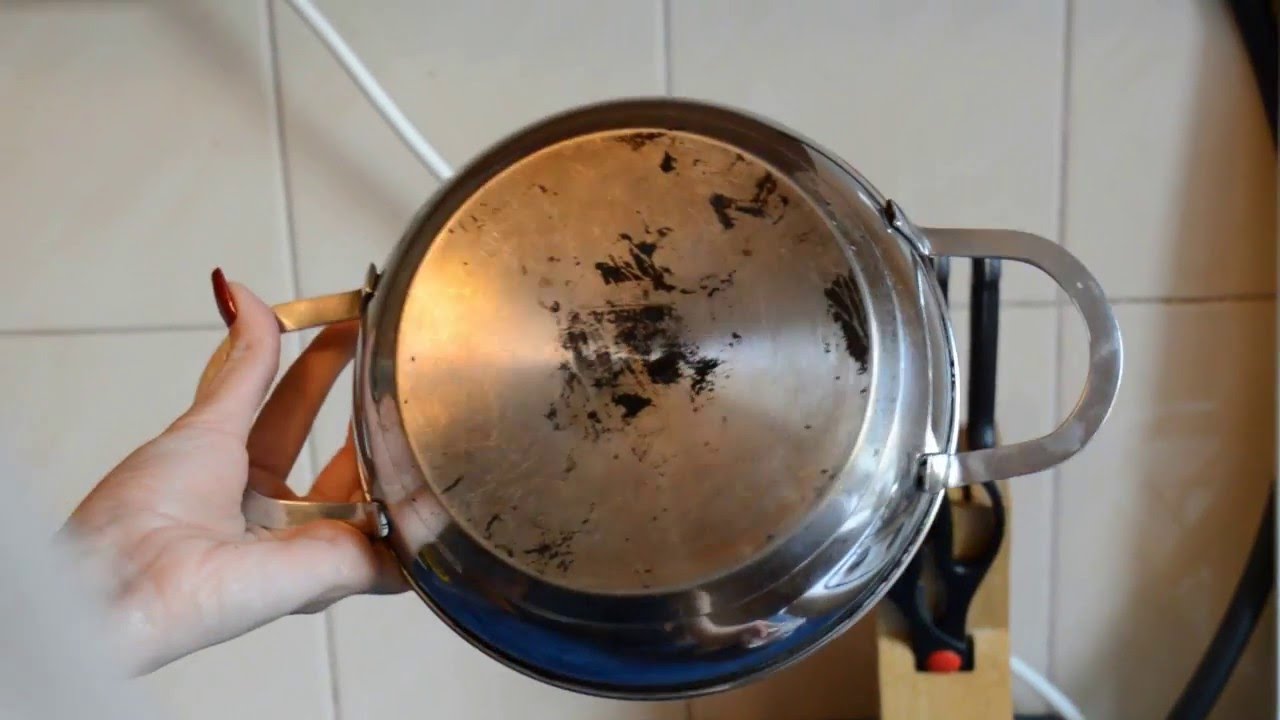
Video: how simple and easy it is to clean cutlery


